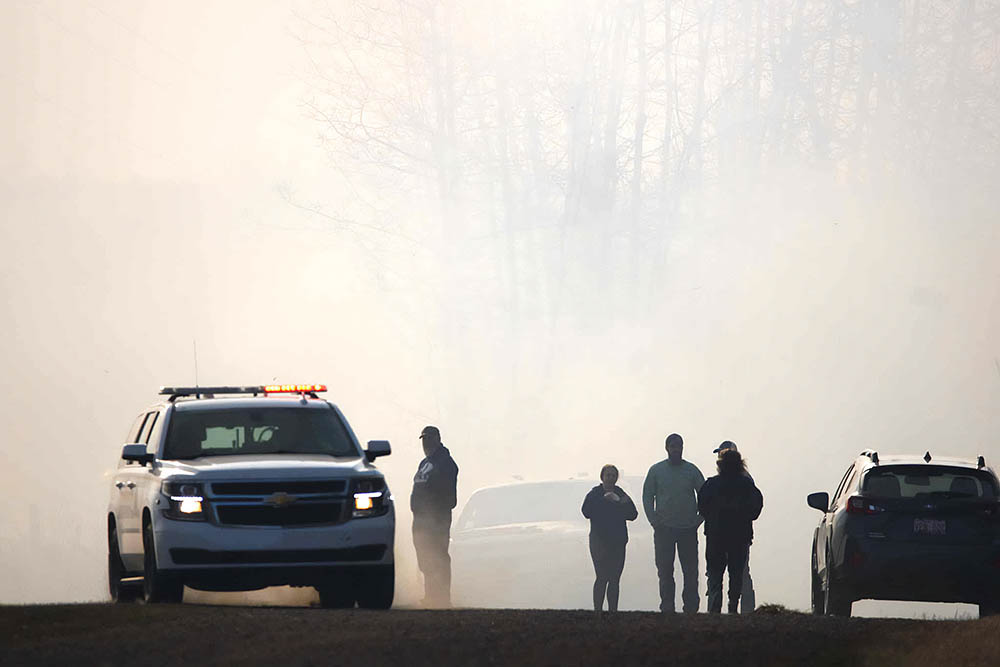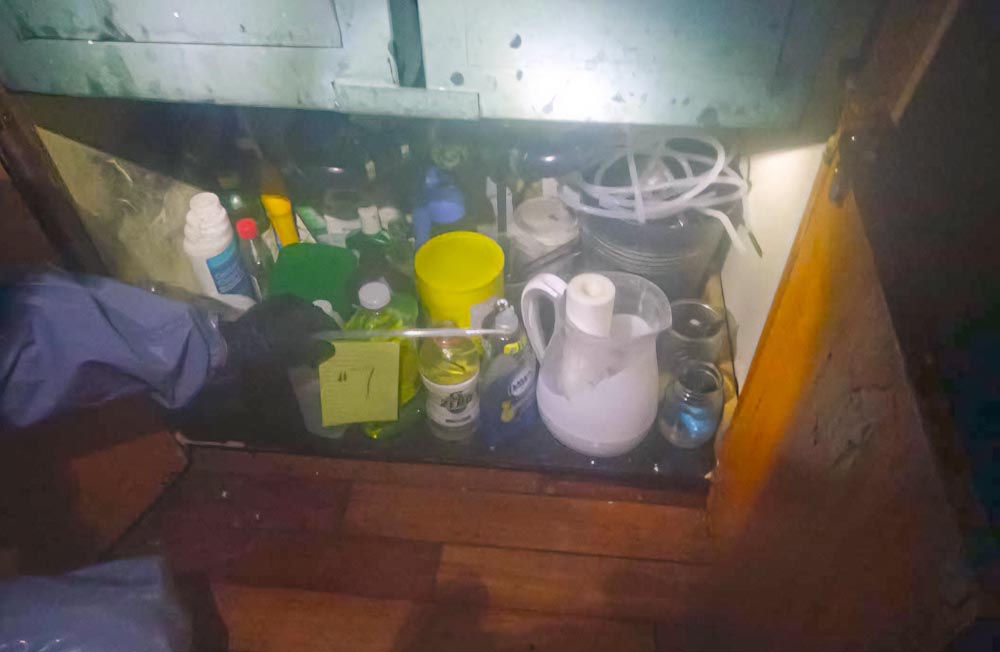Brenda Sawatzky
Local Journalism Initiative Reporter
In December 2023, the federal government began rolling out a new publicly funded dental care plan, intended to make oral healthcare more accessible to lower income earners across the country.
So far, though, dentist buy-in has been low, making accessibility still a problem for qualifying individuals.
Called the Canadian Dental Care Plan (CDCP), the program is being introduced in phases, beginning with senior citizens. By 2025, all Canadian residents with annual household incomes below $90,000 will be eligible to apply.
The CDCP will cost taxpayers $13 billion over the next five years and $4.4 billion ongoing to implement.
Frustration Over Lack of Dentist Buy-In
The daughter of a Niverville resident says she was thrilled to find out about the CDCP rollout for seniors. Her 91-year-old mother lives on a fixed income. In today’s inflationary times, even the most basic dental work is a luxury this aging senior can barely afford.
In an effort to protect her mother, the daughter has asked for anonymity. We’ll call her Linda.
Upon receipt of her mother’s CDCP registration card, Linda contacted the local dental office where her mother and other family members have been patients for years. Before she was able to book an appointment, though, she was told that oral healthcare providers working there aren’t registered for the federal program.
The reason provided, Linda says, is that there’s been poor governmental communication with the dental industry prior to implementing the program. As well, the coverage provided by the CDCP comes to less than the regular dental fees charged at the clinic.
When asked if her mother could apply the CDCP subsidy and pay the difference, the answer was no. The receptionist was not shy to admit that they’d received numerous calls from patients who all got the same answer.
“Honestly, my feeling [toward this] was anger,” Linda says. “We had been waiting to take my mom to the dentist for close to a year in anticipation of this program. She has an issue that’s been causing her pain [and] we were waiting until we got this magic CDCP card. Turns out, it’s not so magic after all.”
For Linda, it’s unclear how to go about finding a dentist that is registered for the program. And when she does, she wonders about transport logistics for her mom if the dental office isn’t nearby.
“Many seniors are on a fixed income,” Linda says. “I imagine that’s why the government qualified them first for this coverage. Seniors, like everybody, deserve proper dental care. Healthcare is a basic human right. That’s why we have single payer healthcare in Canada. Why should dental care be any different?”
Manitoba Dental Association Response
The Citizen reached out to a local dental office who deferred the inquiry to the Manitoba Dental Association (MDA).
MDA president Dr. Daron Baxter was quick to respond on behalf of all the province’s oral healthcare providers.
“At this point, the sign-up of Manitoba dentists is low, but that is not because of a lack of support for the plan,” says Baxter. “The Manitoba Dental Association and dentists across Manitoba and the country believe that this is a historic opportunity to improve access to care for patients who have financial barriers.”
In the end, she says, the lack of buy-in boils down to two primary things.
Firstly, the details about what is expected from dental offices are still quite ambiguous. If dentists are going to register with the government to become CDCP providers, Baxter says, they want to be clear on the full terms of the contractual agreement.
“The government put a lot of work into getting patients ready for the CDCP,” Baxter says. “The work that’s been put into getting providers ready has been very late stage. We’re not ready to run this program.”
Baxter adds that dental associations across the country were making themselves available to the federal government for consultation long before the CDCP was implemented. There is much valuable expertise to be provided there, she says, which could help create a program that benefits everyone.
Unfortunately, she says the association didn’t get an audience with the federal Minister of Health, Mark Holland, until after the program had been designed. Since then, attempts at negotiation have been slow-moving.
Regardless of unclear expectations, though, Baxter says the bigger concern for oral healthcare professionals is the idea that registration by the provider is necessary at all. In the end, all this does is limit a patient’s access rather than improve it.
Baxter is unclear as to why the government would have taken this approach. There are currently no other dental plans, whether private or public, that require dentists to register in order to treat patients.
This includes the Canadian Dental Benefit plan, another federally funded program which provides subsidies for children under 12 years of age who come from low-income households.
According to Baxter, benefits from this program are paid out directly to parents, giving them the autonomy to receive treatment at their dentist of choice.
“It’s run much more like a health spending account [for parents] and it has a low administrative burden for both the patient and the dentist,” Baxter says. “It’s a nice way to get the subsidies [directly] into the hands of patients.”
The way the CDCP appears to operate, though, is to remove the patient from the process altogether. In so doing, the extra administrative work to manage the program falls to the dental office.
This isn’t completely unusual, as they already do the extra work for many private insurance providers, she says, but it’s a factor to be considered when looking at a vastly larger segment of the population, especially when the government is vague in terms of what that administrative work will entail.
“What we’re strongly advocating for is that registration of oral healthcare providers should not be a component of the CDCP,” says Baxter. “It restricts access to care in that patients no longer have the freedom to see any licenced provider that they choose. This program should offer the same freedom of choice that all Canadians currently enjoy.”
This is something that dental associations have been trying to communicate for months, using the example of the national dental program adopted by the United Kingdom’s government some years ago.
“There are some challenges within their program that we’ve communicated to the federal government because we want to learn from their challenges and not repeat them,” says Baxter.
Those challenges, she adds, revolve mostly around the need for providers to register, which has caused a significant decline in registrees since the program began.
Another big concern shared by oral healthcare professionals is that there seems to be a common misconception that the CDCP is a way for low-income earners to get free dental care.
That’s simply not the case, says Baxter. The program is set up to act as a subsidy for dental treatment.
“For cleanings, [the coverage] gets the closest,” she says. “The cleaning itself has coverage levels close to 100 percent, but that doesn’t include the exam or [x-ray] cost and it’s certainly different for restorative or other treatments.”
Thankfully, in recent weeks the dental associations have been making some headway with the federal health department. If all goes well, patients will see a lot more oral healthcare providers accepting CDCP cards in the very near future.
“Through our advocacy, we’ve seen some success,” Baxter says. “A couple of weeks ago, Mr. Holland announced a non-registration pathway, but that won’t be available, according to the federal government, until July 8.”
If the feds follow through, she adds, it has the potential to operate like a private insurance plan, giving the patient more autonomy and better access to more dentists.
In the meantime, she recommends that patients get in touch with their preferred oral healthcare providers after that date.
“We just want to see CDCP-eligible patients have the same health autonomy that existing private and public plan patients have and we think non-registration is a simple fix for that.”
Brenda Sawatzky
Local Journalism Initiative Reporter
The Niverville Citizen


